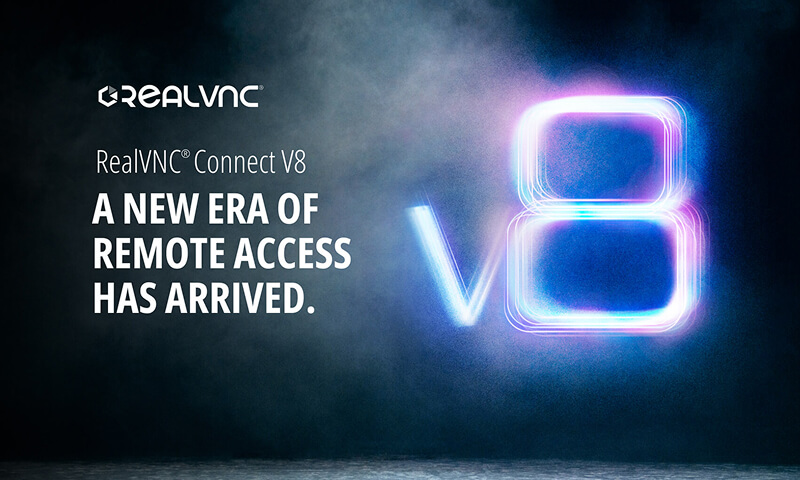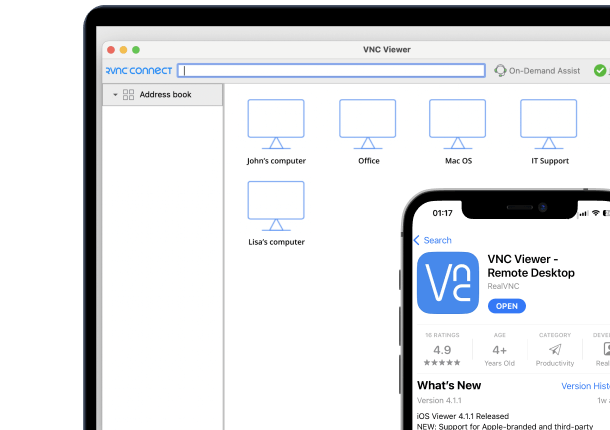This is the second article in our series concerning remote access integration security in healthcare equipment manufacturing. We’ll be discussing what other steps should be a part of your checklist.
Could your devices handle a cyber threat if it were to happen right now? Would you know how to respond?
What if a flaw in your device is exploited, and sensitive data gets exposed to the internet? These aren’t science-fiction movie scenarios. They’re real threats, that companies need to consider and mitigate on a daily basis.
Picking up where we left off, we’re looking at three other foundations of security when it comes to integration of remote access in healthcare equipment.
Here’s what we’re looking at today:
- Secure Firmware and Software Updates
- Network Security
- Robust Incident Response
Secure Firmware and Software Updates
Secure firmware and software updates are crucial to adding new features. However, they’re even more important when it comes to keeping devices secure.
So, how do you make sure that the updates you’re applying haven’t been tampered with? Best practices include digitally signing and verifying updates, to certify their source. Make sure you use secure delivery mechanisms, but also audit processes regularly, to make sure of integrity and authenticity.
While RealVNC doesn’t specifically provide management of firmware updates, the software can be used to securely access equipment, making sure that everything is up-to-date.
Network Security
If you don’t prioritize network security, every remote connection will become a potential open door to attacks. Open firewall ports or unnecessary exposure of sensitive devices to external threats can leave the door open to unauthorized access. Not to mention ransomware.
Integrate a remote access solution that doesn’t open unnecessary inbound firewall ports. VPNs, outbound-only connections, or zero-trust network configurations can also minimize exposure.
RealVNC’s solutions use outbound-only connections. They can also be deployed fully offline (on-premise), behind firewalls, to minimize network exposure.
Robust Incident Response
No system is fully immune to threats. Which is why healthcare equipment manufacturers need to be prepared in case an incident does happen. A robust incident respeonse capability allows you to detect, contain, and mitigate breaches. This minimizes, in turn, damage, and reduces downtime.
Best practices include establishing a formal incident response plan. Make sure you maintain 24/7 monitoring, as well. Finally, regularly test effectiveness with simulations and exercises.
RealVNC supports this by operation a 24/7 Security Operations Center (SOC). This ensures real-time threat detection, investigation, and incident mitigation. It uses global threat intelligence for proactive defence.
Find Out More in the Podcast
If you’re looking for more details about remote access integration, our dedicated podcast, Remote Access Redefined, is a great starting point. You can check it out on your preferred podcast platform, in both audio and video. Visit the dedicated podcast page to get started!
Don’t forget to also look at our OEM and SDK integration page, where you have great resources to get you started.







